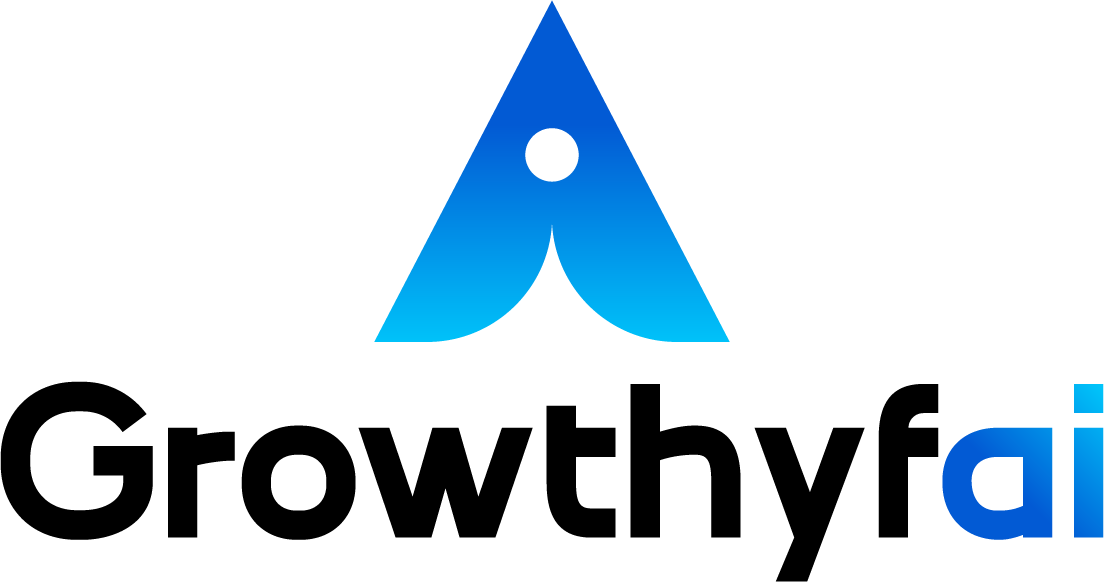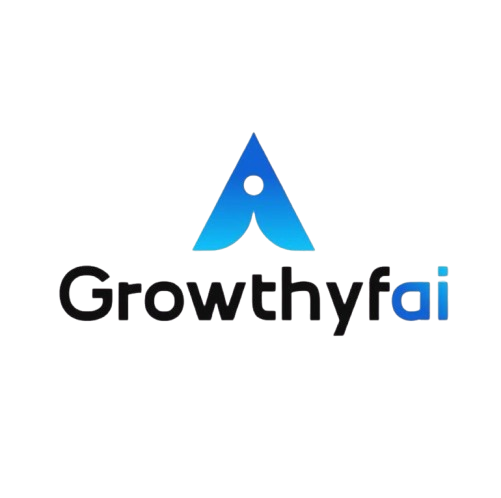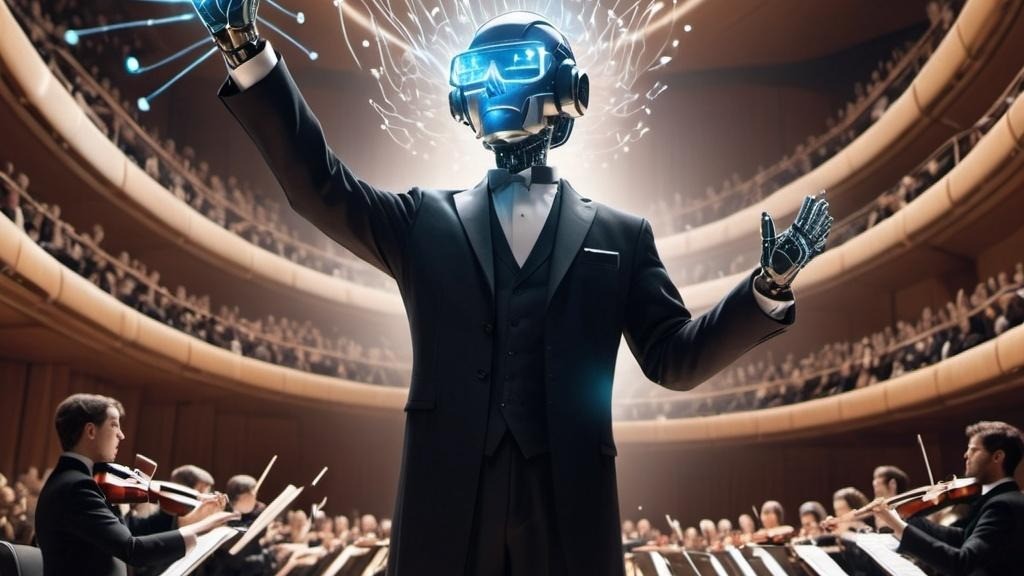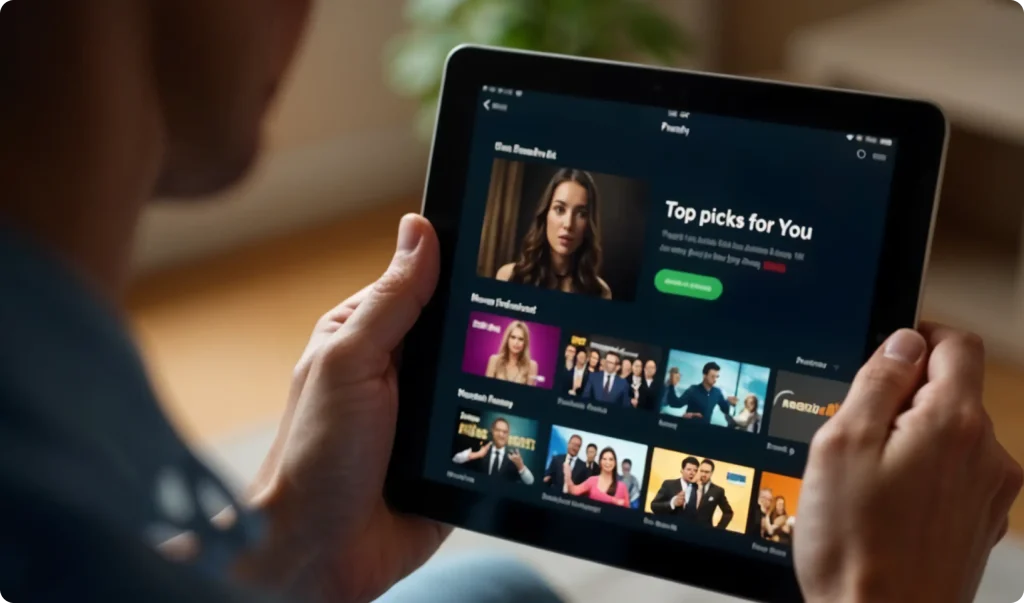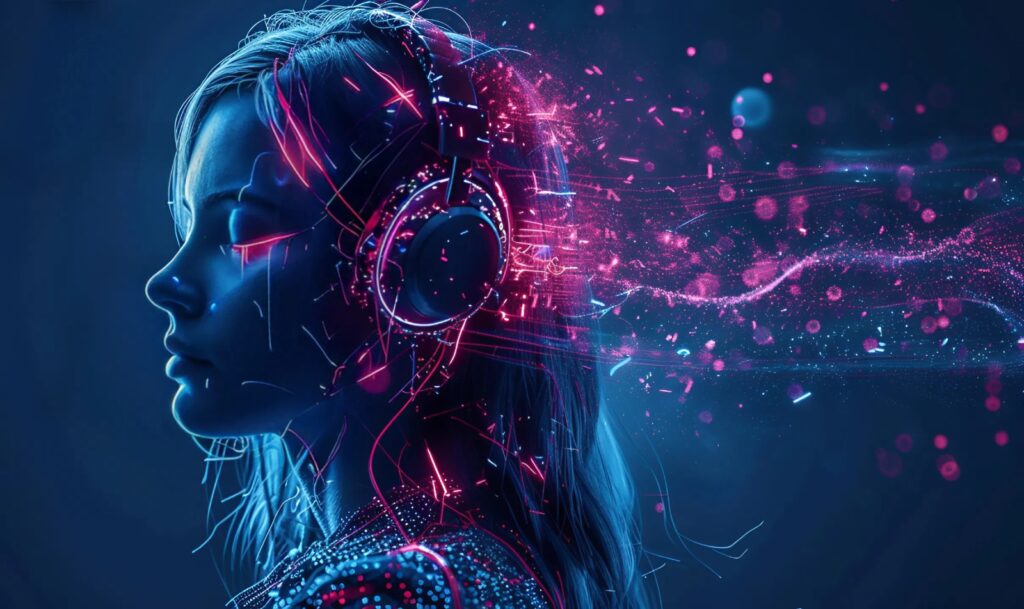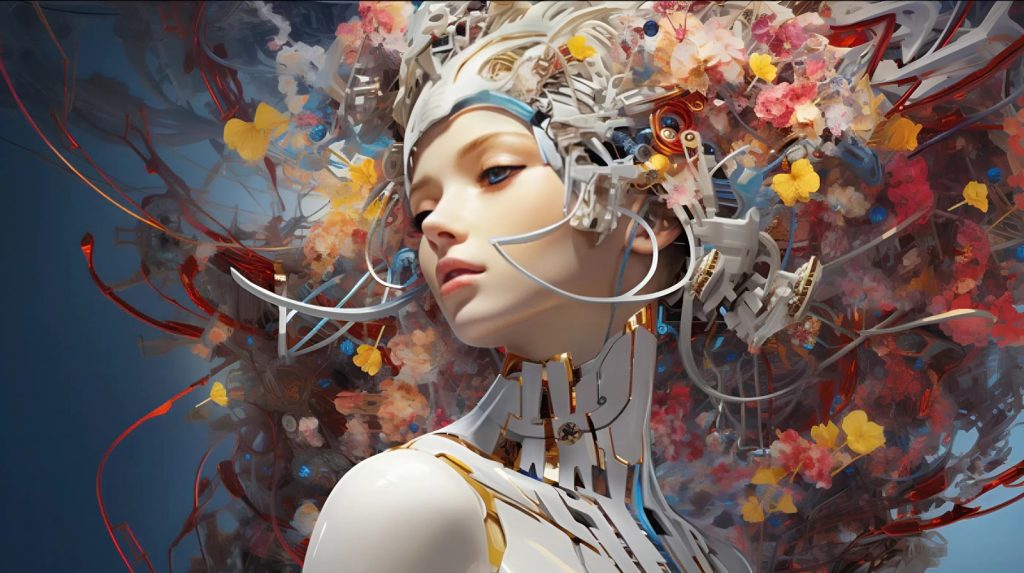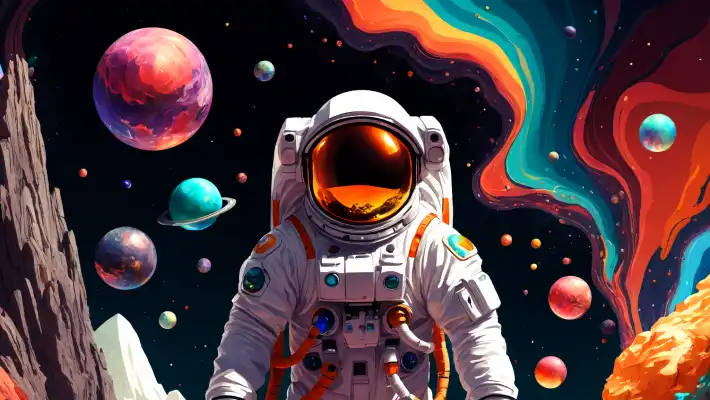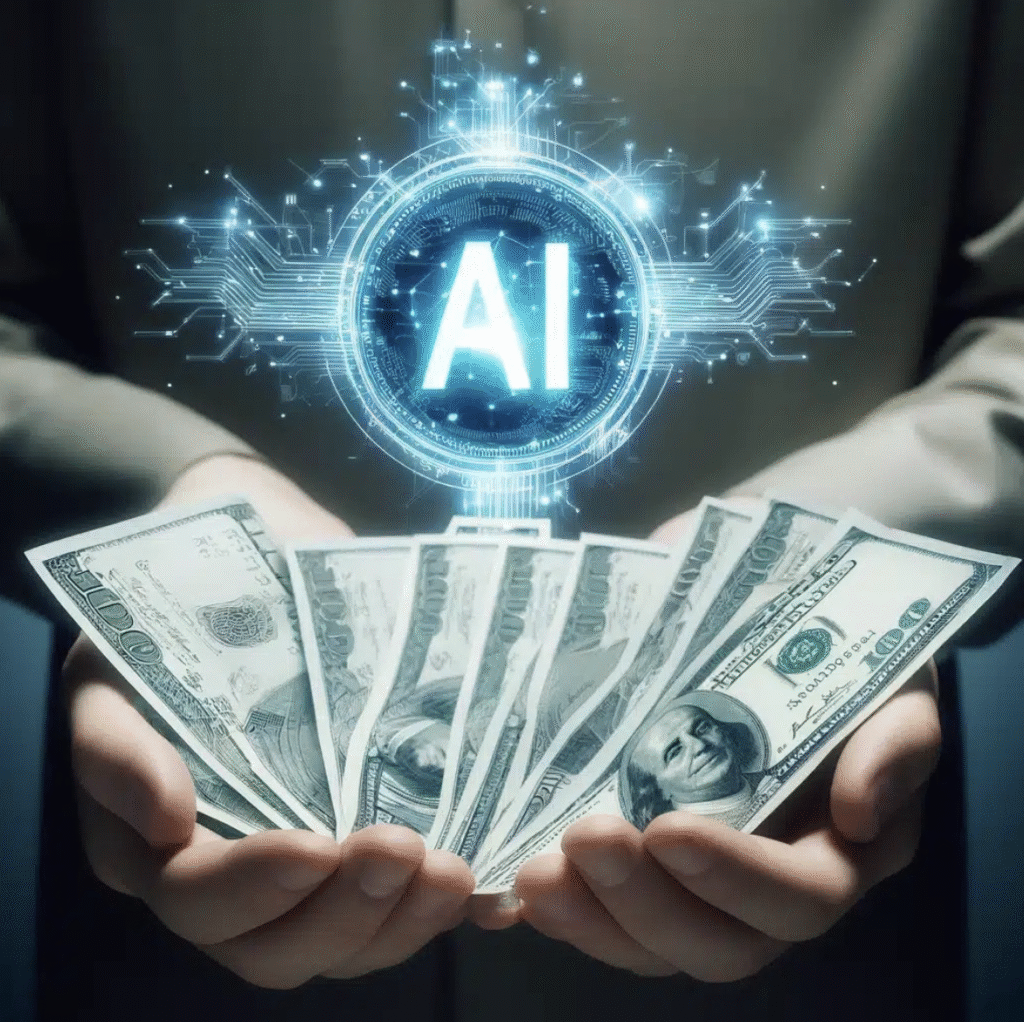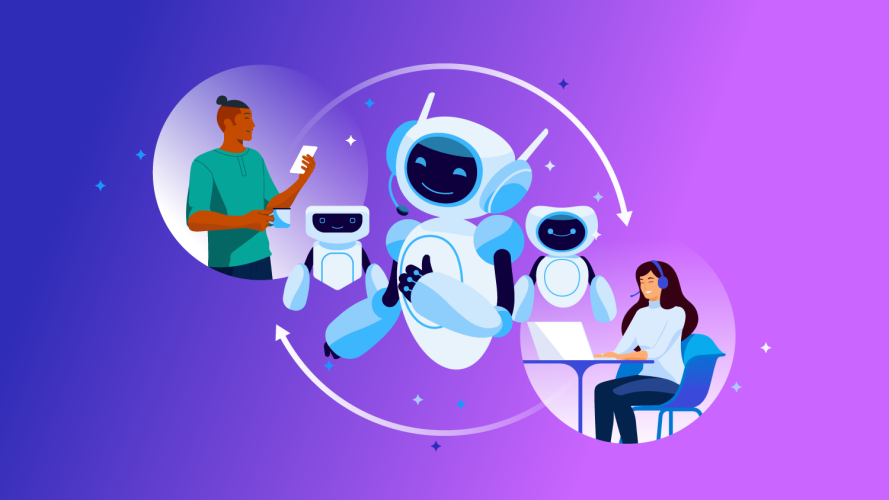Inside the Mind of an AI Artist
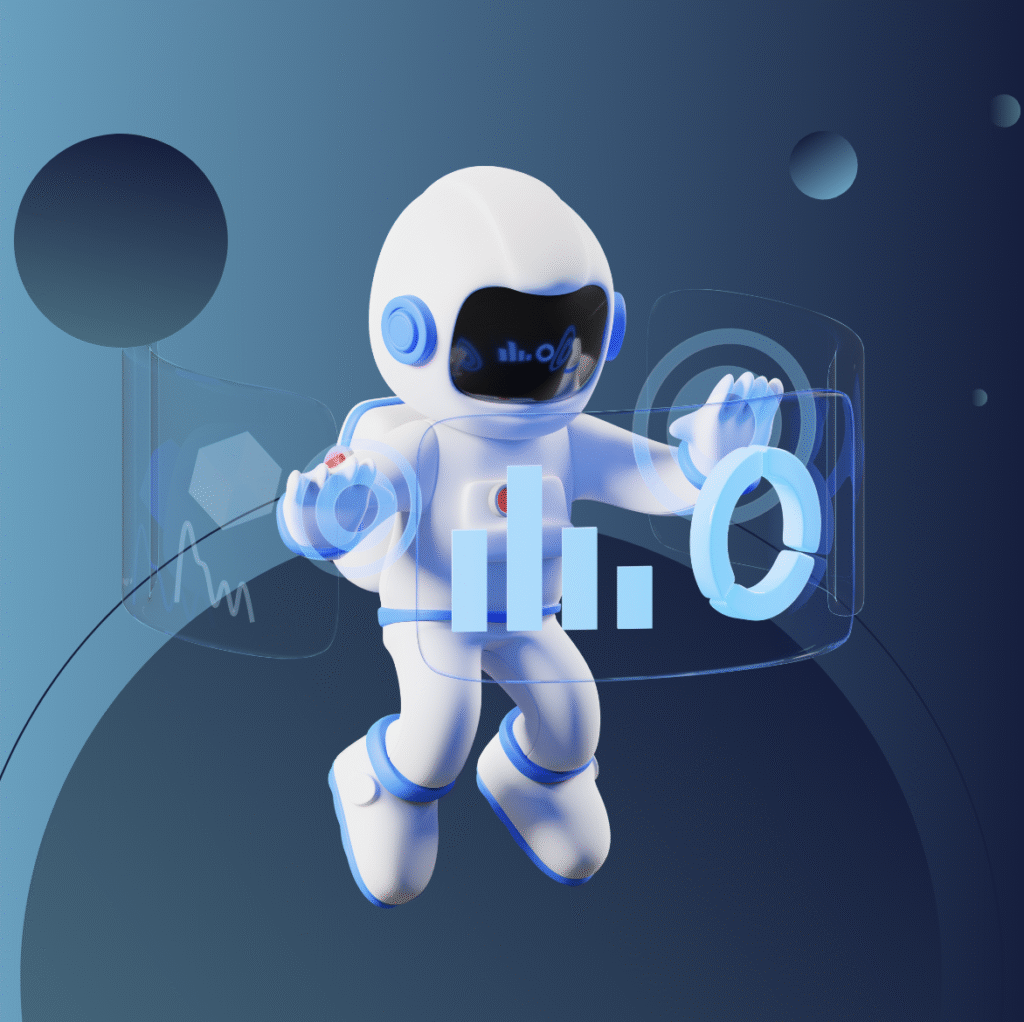
Introduction: When Machines Start to Imagine
Can a machine dream? In a world where artificial intelligence can compose music, paint portraits, and write poetry, that question feels more relevant than ever. With tools like DALL·E, Midjourney, and Stable Diffusion, AI-generated art is captivating the internet — sparking awe, debate, and even fear.
But what really happens when an AI “creates”? Is it just remixing what it’s seen, or is it something more? And what does it mean for artists, designers, and everyday creatives?
Let’s dive into the colorful, surreal, and sometimes weird world of AI-generated art — and what it reveals about our own creativity.
What Is AI Art?
AI art is any artwork created, enhanced, or imagined with the help of artificial intelligence. It can include:
- Visuals created from text prompts
- Style transfer images (e.g., Van Gogh-style selfies)
- Generated music and voice
- Poetry and prose written in seconds
- Even 3D objects and animations
The magic happens through models trained on millions of images, styles, and patterns. The most popular tools include:
- DALL·E 2 (by OpenAI)
- Midjourney (community-powered)
- Stable Diffusion (open-source)
- RunwayML (for video and effects)
How AI “Creates” Art
AI doesn’t think or feel — but it’s surprisingly good at mimicking imagination. Here’s how it works in simple terms:
- You give it a text prompt — for example, “a futuristic lion wearing sunglasses in Tokyo, digital art.”
- The AI breaks the words into concepts and searches its training data (millions of tagged images) to understand patterns.
- It generates visual noise, then gradually refines the image through algorithms like diffusion models.
- In seconds or minutes, your vision becomes a reality.
It’s not just “copy-pasting” — it’s remixing patterns in ways that feel surprisingly original.
Examples of Stunning AI Art
- Cosmic Landscapes that look like paintings from another planet
- Fantasy Characters in anime, Pixar, or hyperrealistic styles
- AI Portraits of people who don’t exist (but look real)
- AI Fashion designs that spark new trends
Instagram is flooded with creators using AI for:
- Book covers
- T-shirt prints
- Concept art
- NFT collections
- Storyboarding
You can literally type your imagination — and see it appear.
Artists vs. Algorithms: A False Debate?
The big question: Is AI a threat to artists?
🎭 Short answer: No. But it’s changing the game.
Traditional artists spend years mastering form, color, and composition. AI can generate compelling images in seconds. But that doesn’t make it a better artist — it makes it a powerful tool.
Here’s how many real artists are using AI:
- For inspiration during creative block
- To moodboard concepts before starting a piece
- As part of a mixed-media workflow (painting over AI output)
- To explore new styles and aesthetics outside their usual niche
🖌️ Think of it like Photoshop or Procreate — another tool in the creative toolkit, not a replacement.
Prompting: The New Digital Brush
In AI art, the prompt is everything. Prompting is an art form itself — and those who master it can create truly breathtaking results.
Here’s how to get better prompts:
- Be specific: “A neon-lit street in cyberpunk Tokyo at night, rain falling, 4K digital art”
- Add style cues: “in the style of Hayao Miyazaki” or “painted like Rembrandt”
- Try camera angles: “isometric view”, “macro shot”
- Use mood and texture: “dreamlike”, “oil painting”, “gritty”
🎨 Prompting is where imagination meets language. It’s like directing a creative genie that follows your instructions.
Real Creators Using AI
- Designers use Midjourney to prototype logo concepts and color palettes.
- Authors generate character visuals for their stories using DALL·E.
- Game developers use AI to build world maps and landscapes.
- Fashion brands experiment with futuristic runway looks via text-to-image models.
AI is even showing up in music production (Soundful, AIVA), architecture, and interior design.
Challenges of AI Art
As with any powerful tech, AI art comes with its challenges:
- Ethics & Copyright
AI models are trained on copyrighted work — raising questions about consent, credit, and originality. - Bias & Representation
AI often reflects the biases in its training data — resulting in stereotypical or underrepresented outputs. - Art Flooding
The internet is now flooded with AI-generated images, making it harder for human-made art to stand out. - Lazy Creativity
Some fear AI will make people stop learning real artistic skills. But the opposite can be true — if used wisely.
Is It Art If a Human Didn’t Make It?
A million-dollar question. Here are a few perspectives:
- YES — because a human still directed it via prompts, themes, and edits.
- MAYBE — it depends on context, purpose, and intent.
- NO — if there’s no human thought behind it, it’s just algorithmic output.
🎭 Art has always evolved — from cave paintings to oil paint to digital tablets. AI is just the next brush on the palette.
The Future: Human-AI Collaboration
We’re not heading into an “AI replaces artists” future. We’re heading toward a world where:
- Artists collaborate with machines
- Prompt engineering becomes a creative skill
- New genres (like “AI surrealism” or “prompt poetry”) emerge
- Accessibility increases for people with physical or cognitive limitations
AI will enable more people to express themselves creatively — even if they can’t draw a stick figure.
Final Thoughts: The Canvas Just Got Bigger
AI art is a revolution — not because it replaces creativity, but because it unlocks more of it. It allows anyone with an idea to bring it to life. It challenges artists to think differently. And it asks us all to rethink what it means to create.
The machines may not have souls — but in the hands of a curious human, they can certainly make magic.
So go ahead — imagine wildly, prompt boldly, and paint with pixels.
Would you like this in WordPress HTML format too, or ready to move on to the next blog post?
